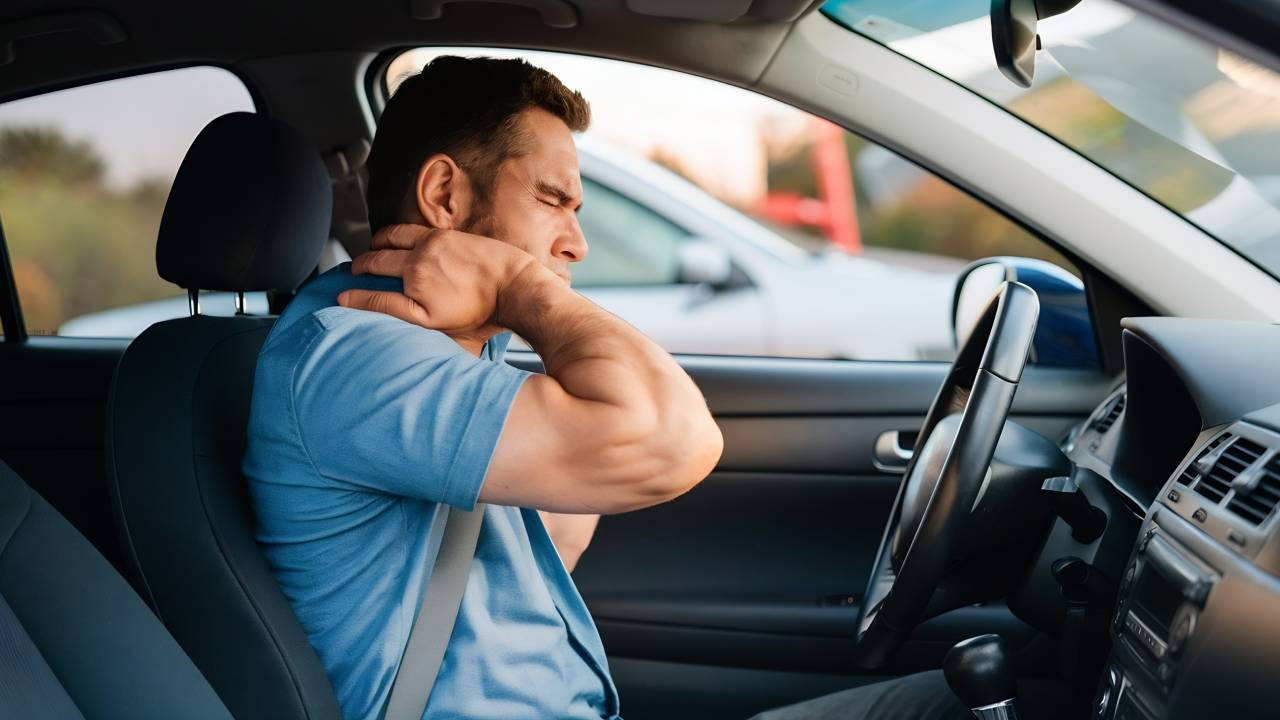
Give us a Call
(780) 801-3669

Following a motor vehicle incident, the body may not always present immediate signs of harm. Physical responses such as increased heart rate, suppressed pain signals, or altered breathing can take over. These are part of what’s commonly referred to as a shock response an automatic process that prepares the body to handle trauma.
Understanding this response is important, particularly for those considering Motor Vehicle Accident Injury Physiotherapy in Beaumont. Delayed symptoms often appear after the initial adrenaline has worn off, which can affect recovery timelines and treatment approaches.
Shock is not always dramatic. It often shows up quietly through fatigue, stiffness, or changes in how the body feels or functions. When the body remains in this state, healing may take longer. Certain signs may indicate that professional input is necessary to support the body’s adjustment after a crash.
Here are seven indicators that suggest the body could still be affected by the aftereffects of a vehicle-related incident.
While dizziness is common after a collision, it should not persist. If light headedness continues beyond the initial days, it may indicate that the body has not yet stabilized. This can be linked to disrupted circulation or nerve system patterns.
Movement-based assessment and care, such as Motor Vehicle Accident Injury Physiotherapy in Beaumont, often explores these symptoms to determine appropriate next steps.
Subtle muscle movements like twitching or shaking may occur long after the event. These can be the body’s way of processing tension or reacting to overstimulation. This is sometimes misunderstood as unrelated, but it often connects to how the nervous system is managing stress.
These reactions may be addressed through calming exercises or manual approaches that focus on calming the body’s physical responses.
Feeling persistently cold in the hands or feet could point to circulation changes that are still present following the event. This may not always be due to environmental factors or unrelated health issues.
In many cases, circulation-focused strategies used in Motor Vehicle Accident Injury Physiotherapy in Beaumont help address this response and improve overall comfort.
Emotional reactions can surface after a crash, especially when they occur together with tension in the neck, back, or shoulders. These patterns often reflect an ongoing adjustment process within the body’s regulatory systems.
Structured support that combines breathing exercises, posture training, and movement can be useful in helping the body transition back to a more stable state.
In many cases, discomfort does not surface right away. A few days may pass before tightness, stiffness, or sharp sensations begin. This delayed response is often a result of the body’s early coping mechanisms.
A professional review, such as one available through Motor Vehicle Accident Injury Physiotherapy in Beaumont, can help uncover the source of these symptoms and guide appropriate movement planning.
The connection between trauma and digestion is well documented. Disruptions such as nausea, changes in appetite, or irregular digestion may occur even if there is no direct injury to the abdomen.
These signs may benefit from non-invasive techniques that focus on breath, gentle abdominal movement, or body awareness practices aimed at calming the nervous system.
Feeling tired is common after a crash, but if this state continues even with adequate sleep and limited activity, the body might still be in recovery mode. Energy can be used internally to manage hidden tension or adjust to physical changes.
Guided movement and gradual re-engagement in daily tasks, often included in Motor Vehicle Accident Injury Physiotherapy in Beaumont, can support this process by promoting more efficient energy use and improving circulation.
Following a crash, structured physical guidance plays a key role in recognizing hidden changes in the body. Even if external injuries are not present, postural shifts, restricted movement, or unbalanced muscular use may develop.
Through careful assessment and individual planning, those receiving Motor Vehicle Accident Injury Physiotherapy in Beaumont can begin to address the less obvious signs of trauma.
This may include:
If symptoms like fatigue, discomfort, emotional changes, or physical limitation continue for more than a few days, it may be time to seek support. These signs often reflect a pattern that the body hasn’t yet moved past, and addressing them early can prevent more involved issues later.
Tracking how your body responds each day after a crash is one way to determine whether additional care is needed.
The body’s reaction to a motor vehicle event isn’t always immediate or visible. In many cases, the signs are subtle and develop over time. Paying close attention to how you feel physically and mentally can help guide what support you may need.
For individuals in Beaumont, exploring Motor Vehicle Accident Injury Physiotherapy in Beaumont is one way to approach recovery with intention. Doing so allows for a closer look at how the body is functioning and what can be done to support progress moving forward.